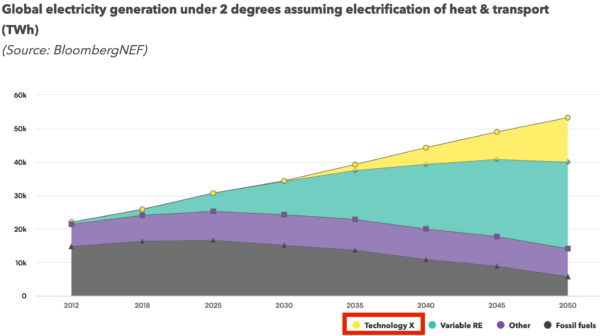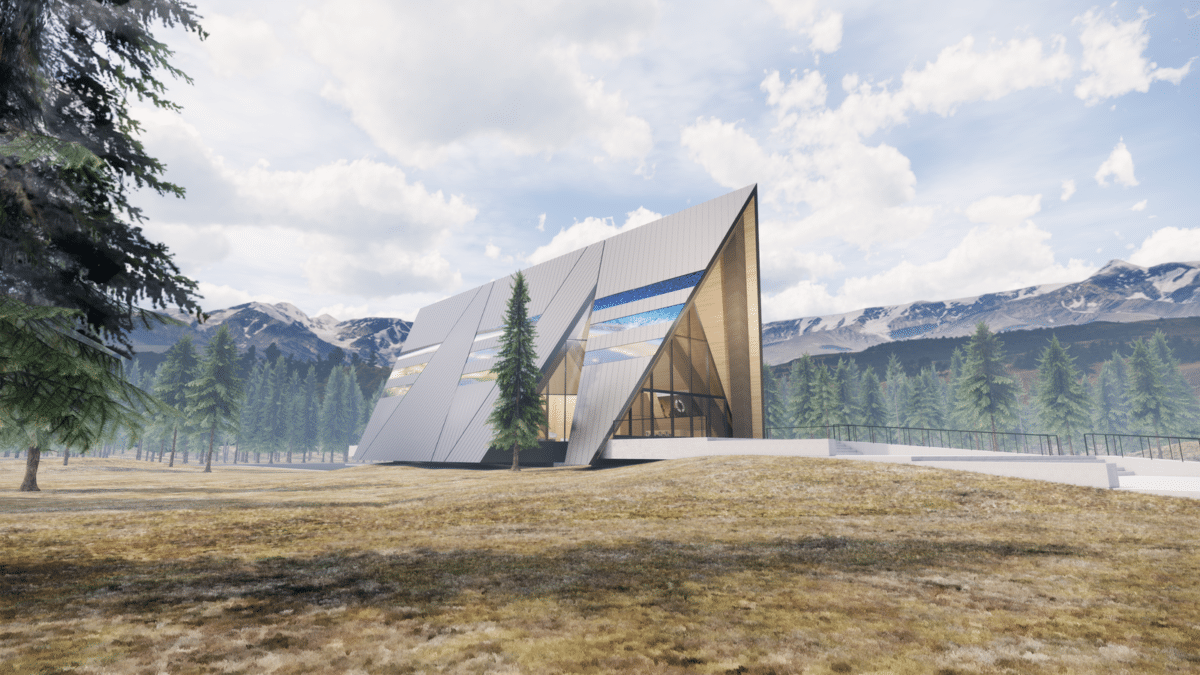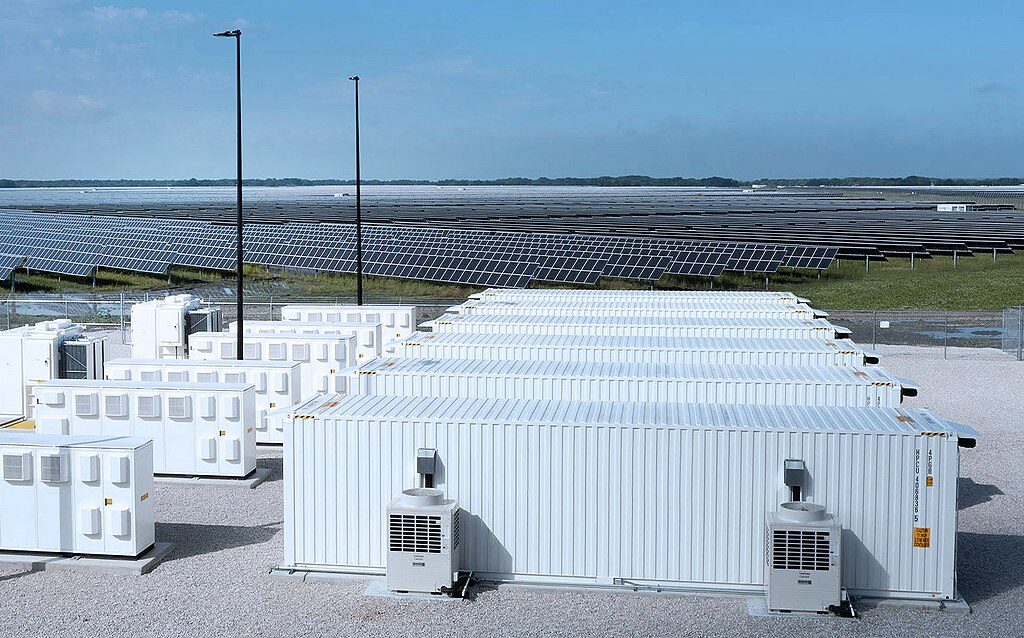Oklo is attempting to bring an advanced nuclear reactor design to market despite an ill-fitting regulatory system and 40 years of stasis in the U.S. nuclear industry.
Founded in 2013 with an MIT-dominated founder set, Oklo has managed to submit a combined license application for the design and operation of a “compact fast micro-reactor,” which is currently under review by the Nuclear Regulatory Commission (NRC). Last year, Oklo received a first-of-its-kind site permit to build its initial plant on a quarter-acre site at Idaho National Labs.
Oklo is trying to commercialize nuclear power with a different fuel, different coolant and radically different scale than the shrinking number of massive light water reactors that comprise the commercial U.S. nuclear fleet. It’s a deep technological challenge with immense regulatory risk.
Here’s a description of the new design from the NRC site.
- Reactor type: Compact fast reactor that builds on the Experimental Breeder Reactor-II and space reactor legacy. Heat is transported using heat pipes that function as thermal superconductors.
- Containment type: Underground. Reactor contained in several layers, including a robust cask-like module.
- Power level: 4 MWth (~1.5 MWe)
- Fuel: Metallic uranium-zirconium. High Assay Low Enriched Uranium (HALEU)
- Balance of Plant: Supercritical CO2 power conversion system
Fast reactors and enriched uranium
The high-assay, low-enriched uranium (HALEU) fuel to be used in Oklo’s fast fission micro-reactor will come from the decommissioned 19-MWe Experimental Breeder Reactor-II (EBR-II) at Idaho National Labs (INL) which operated from 1963 to 1994.
Earlier this year, Sonal Patel at Power Magazine reported on Oklo’s fuel and design. She noted that high-assay, low-enriched uranium (HALEU) is nuclear fuel that is enriched to a higher degree (between 5% and 20%) in the fissile isotope U-235. The world’s current fleet of light water reactors typically uses fuel enriched to less than 5% U-235.
The EBR-II fuel, which will be downblended to a uranium enrichment of less than 20% will still be owned by the DOE and will stay at INL’s site in Idaho Falls, Idaho. There is no current supply of HALEU. Establishing a commercial supply of HALEU would require sufficient demand and a minimum of 7 years to develop fuel cycle infrastructure.
The ability for a fast reactor to reuse spent nuclear fuel (SNF) is a potential pathway to sustainably dispose of the more than 77,000 metric tons of SNF now temporarily stored in pools and casks in 35 states.
Regulatory challenges, remote Alaskan villages
Oklo’s COO Caroline Cochran spoke with pv magazine about the challenges facing an advanced nuclear startup acting as the “tip of the spear to a new way of fission” — despite being regulated by an industry “that has nothing to do with what we’re doing.”
For Oklo to succeed, the startup has to change the U.S. nuclear regulatory structure and mindset. Cochrane said, “If you can address the concerns of safety and security — it should result in a more efficient licensing process.” Although the company has been encouraged by some to go to less regulated countries, Oklo has chosen to start in the U.S., “even though it’s harder.”
Cochran notes that the NRC has made the permitting process more efficient, but also points out that no plant with an application submitted since the formation of the NRC in 1975 has yet begun operation.
The startup envisions its first commercial product as a 1.5 MWe “nuclear battery” for off-grid deployments in remote or island communities that now rely on diesel gensets. The higher levels of U-235 used in a fast reactor allows the nuclear heater to operate for potentially 20 years without having to be refueled.
The company has raised about $25 million in funding from Trust Ventures, DCVC and Sam Altman — and is “likely to raise more soon,” according to the co-founder. Trust is backed by the Koch family and focuses on companies facing regulatory and policy obstacles.
Oklo is looking to be the the plant owner and operator and Cochrane claims the startup “already has an order book.” She said, if the reactor is “a good fit for a community, they’ll sign a PPA.”
Nuclear most expensive — except for gas peakers
Building micro-reactors might be the only path forward for commercial nuclear in the U.S.
Today’s nuclear industry cannot build new power plants. Six nuclear reactors were grid-connected last year: three in Russia, two in China and one in South Korea. Meanwhile, five nuclear plants closed last year and three more were shuttered in the first half of this year. Just 2.4 GW of new nuclear plants were installed last year, compared to 98 GW of solar and 59.2 GW of wind, according to recent reporting at pv magazine.
Hitachi abandoned the Wylfa Newydd nuclear project in Wales last month, despite most conceivable risks being borne by the U.K. government — a case in point of nuclear’s inability to be constructed.
The levelized cost of energy (LCOE) of nuclear power rose from around $117/MWh in 2015 to $155 at the end of last year, making it the most expensive form of generation — except for gas peaking plants, according to the World Nuclear Industry Status Report. By contrast, the LCOE from solar power decreased from $65/MWh to approximately $49 and that of wind from $55 to $41.
Technology X
Can humanity make the energy transition away from fossil fuels with the technology tools we currently have? Can we meet climate goals by electrifying and powering everything with wind, solar, storage and high-voltage DC lines?
Or does the forecast require direct-air capture, carbon capture and storage, a hydrogen economy, tidal energy, fuel cells and “technology X” — some as of yet uninvented or uncommercialized technology?
BloombergNEF’s 2019 energy outlook invokes this miracle here in its Energy Outlook, as do many other decades-out energy-mix forecasts. Other forecasts don’t see the zero-carbon transition happening that fast.

The DOE website claims that more than 50 U.S. companies are working on new nuclear designs that are “smaller, scalable and even mobile” and suggests that micro-reactors will likely be the first advanced reactors to enter the U.S. market.
This content is protected by copyright and may not be reused. If you want to cooperate with us and would like to reuse some of our content, please contact: editors@pv-magazine.com.








Small modular reactors (SMRs) are not new and OKLOs plans are good, but is the market for remote locations that probably could use wind, solar and tidal energy for less expensive electricity production? SMRs are ideal for retrofitting gas and oil fired power stations as they can be mass produced in a factory and trucked to site by heavy road transport, saving the cost of the steam generation, alternators and electric distribution equipment already in place.